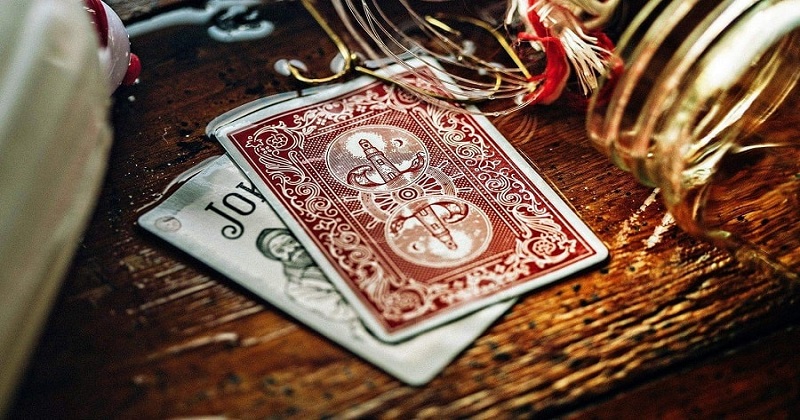I. Introduction
Playing cards are an integral part of civilization. They are used for a variety of purposes including games, divination and magic. In this article, we will look at the history, types and meaning of playing cards.
II. History of playing cards
The origin of playing cards is still shrouded in mystery, but most historians believe they originated in China during the Tang Dynasty (618-907 AD). From there they spread to Persia and the Islamic world, and at the end of the 14th century they came to Europe. At first, playing cards were used for various games and were a popular entertainment among both the rich and the common people. Over time, playing cards have evolved and changed to reflect the cultural, social and political conditions of the various regions.
III. Samples of European, American and Tarot cards
- European-style playing cards fall into two main categories: Latin and Germanic. Latin playing cards, also known as tarot cards, have an older history and are used for divination, magic and games. German playing cards are more recent and are used mainly for games. In Europe, playing cards were standardized in the 15th and 16th centuries, and as a result, the suits we know today – clubs, diamonds, hearts and spades – appeared.
- American style playing cards, also known as bridge or poker cards, have a different design and layout than European style playing cards. The American suits are clubs, diamonds, hearts, and spades, but the court cards (jack, queen, and king) are depicted differently. American playing cards are used mainly for bridge and poker, you can get acquainted with them in the Spilnu online casino.
- Tarot cards are a type of playing card that originated in Europe and are used for divination and fortune telling. They consist of 78 cards, divided into major (22 cards) and minor (56 cards) arcana. Tarot cards are widely used for divination and have been the subject of much speculation and controversy over the years.

IV. The meaning of playing cards
Playing cards have played an important role in the culture and history of mankind. They were used for games, divination, and also as a symbol of power and wealth. In some cultures, playing cards were used to pass the time, while in others they were used to make political or religious statements. Today, playing cards are an integral part of popular culture, and they are still used for games, magic, and divination.
V. Conclusion
In conclusion, playing cards have been an integral part of human civilization for hundreds of years. They have gone through many changes and variations, each reflecting the culture and beliefs of their time. Whether used for games, divination, magic, or as a symbol of power and wealth, playing cards continue to be an important part of human culture and history.

